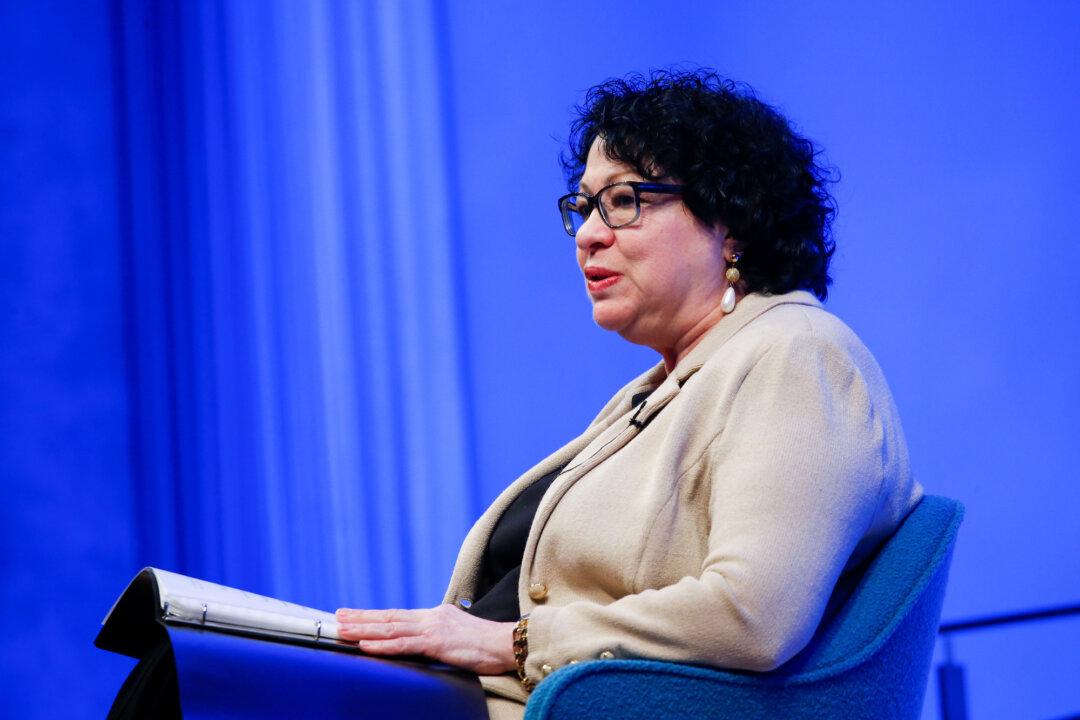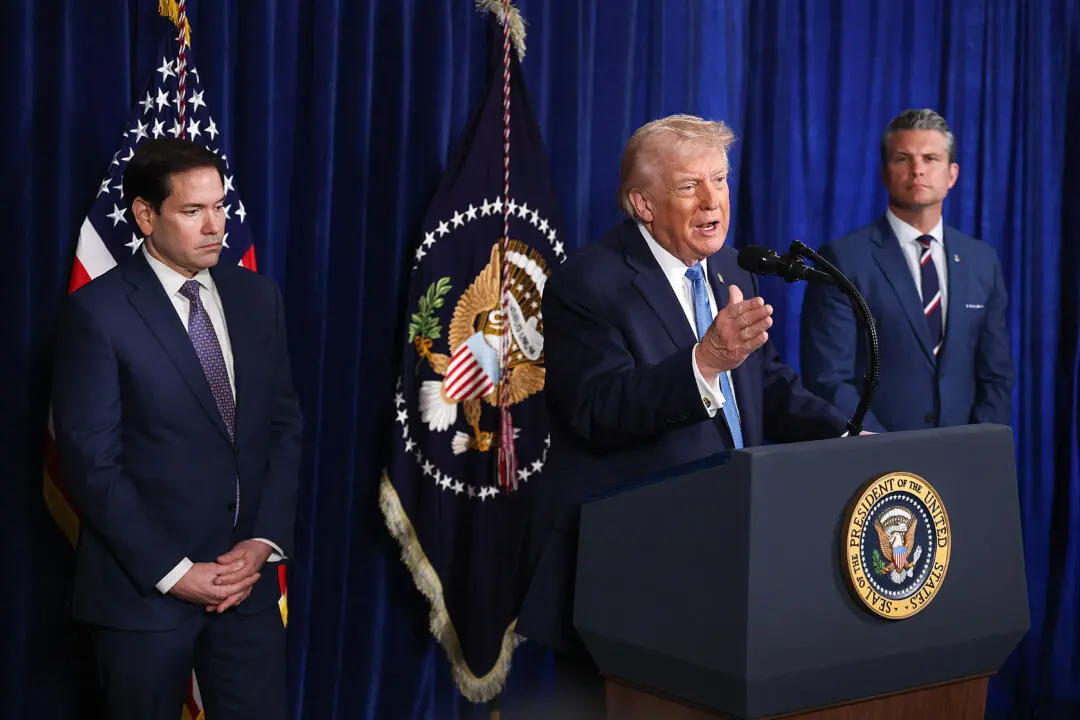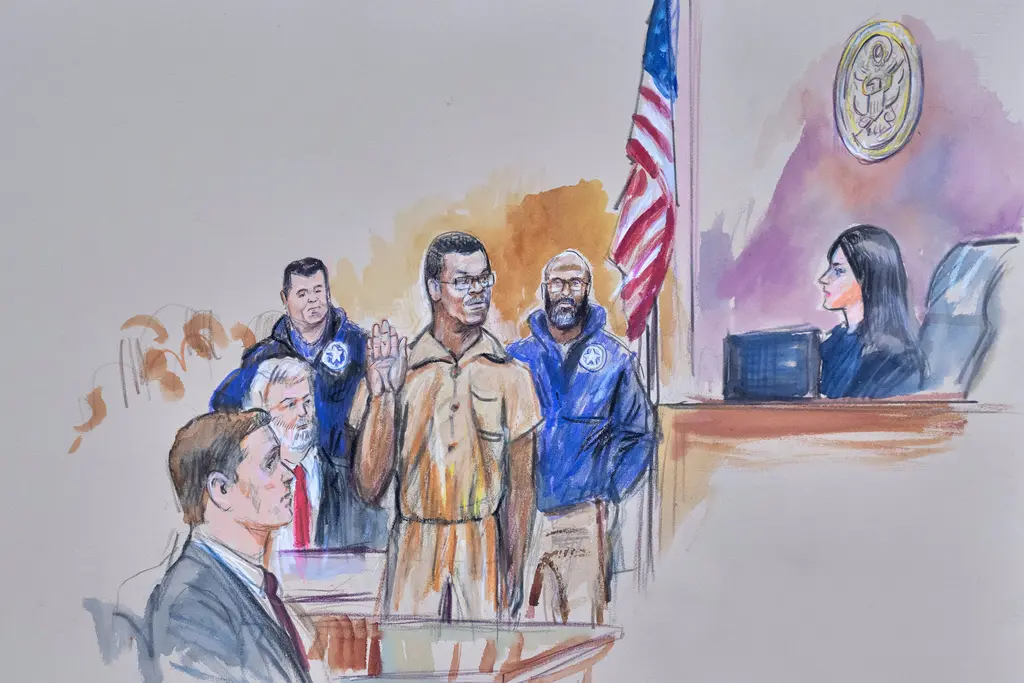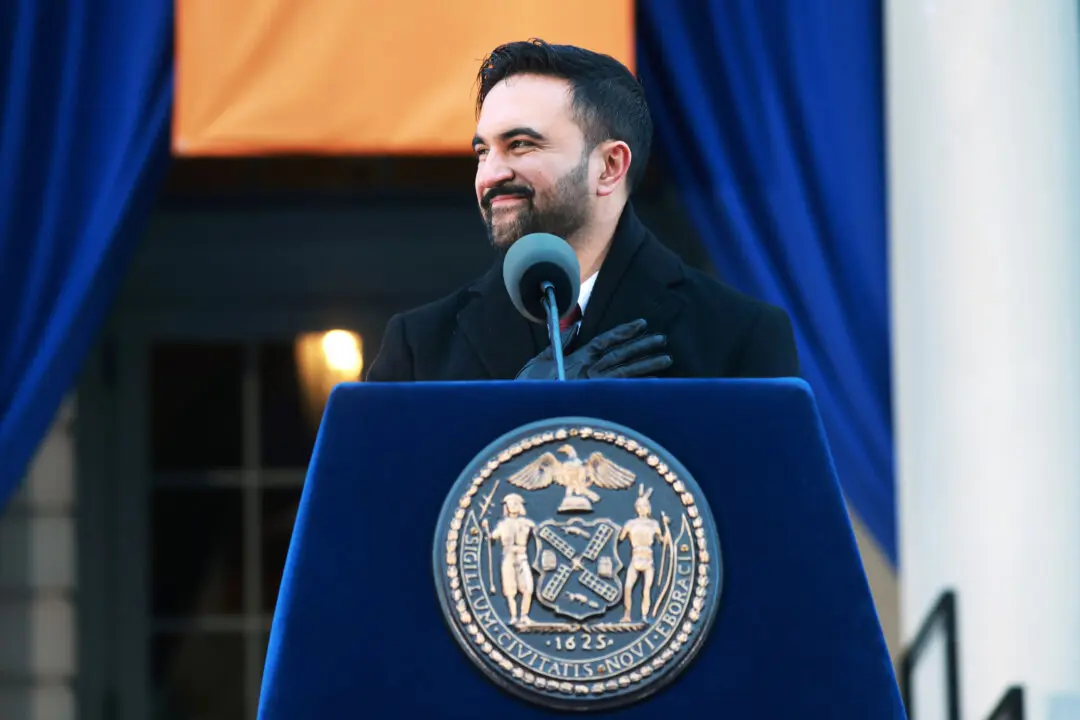Supreme Court Justices Sonia Sotomayor and Amy Coney Barrett attempted to distance themselves from political parties and particular presidents on Feb. 23 with the former describing parties as “the worst thing” to happen to the judiciary.
“I think the worst thing to happen to the judiciary is political parties, and—at a certain point—political parties decided to take conversations that were occurring between and among judges and academics about how best to approach interpretation of the Constitution and statutes,” Justice Sotomayor during the National Governors Association (NGA) Winter Meeting in Washington.





